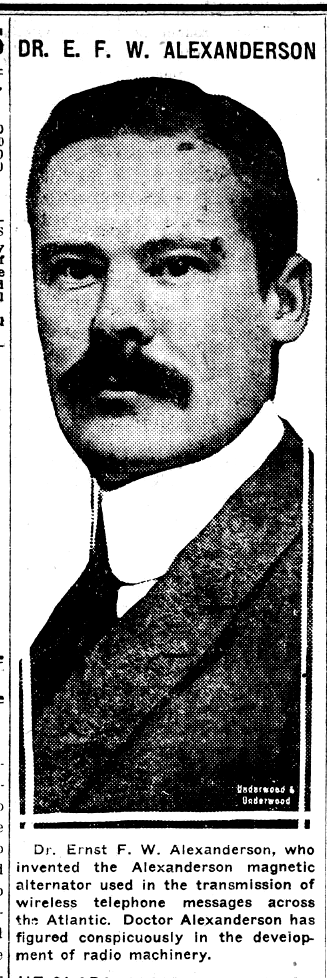Monochrome Printmaking on:
[Wikipedia]
[Google]
[Amazon]
Monochrome printmaking is a generic term for any 
{{Printmaking-stub
Printmaking
printmaking
Printmaking is the process of creating artworks by printing, normally on paper, but also on fabric, wood, metal, and other surfaces. "Traditional printmaking" normally covers only the process of creating prints using a hand processed techniq ...
technique that produces only shades of a single color. While the term may include ordinary printing with only two colors — "ink" and "no ink" — it usually implies the ability to produce several intermediate colors between those two extremes.
In contrast with color printing
Color printing or colour printing is the reproduction of an image or text in color (as opposed to simpler black and white
or monochrome printing). Any natural scene or color photograph can be optically and physiologically dissected into three ...
, monochrome printing needs only a single ink
Ink is a gel, sol, or solution that contains at least one colorant, such as a dye or pigment, and is used to color a surface to produce an image, text, or design. Ink is used for drawing or writing with a pen, brush, reed pen, or quill. Thi ...
and may require only a single pass of the paper through the printing press
A printing press is a mechanical device for applying pressure to an inked surface resting upon a printing, print medium (such as paper or cloth), thereby transferring the ink. It marked a dramatic improvement on earlier printing methods in wh ...
.

Techniques
Monochrome printmaking techniques include: *Mezzotint
Mezzotint is a monochrome printmaking process of the '' intaglio'' family. It was the first printing process that yielded half-tones without using line- or dot-based techniques like hatching, cross-hatching or stipple. Mezzotint achieves tonali ...
* Aquatint
Aquatint is an intaglio printmaking technique, a variant of etching that produces areas of tone rather than lines. For this reason it has mostly been used in conjunction with etching, to give both lines and shaded tone. It has also been used h ...
* Lithography
Lithography () is a planographic method of printing originally based on the immiscibility of oil and water. The printing is from a stone (lithographic limestone) or a metal plate with a smooth surface. It was invented in 1796 by the German a ...
* Halftoning
Halftone is the reprographic technique that simulates continuous-tone imagery through the use of dots, varying either in size or in spacing, thus generating a gradient-like effect.Campbell, Alastair. The Designer's Lexicon. ©2000 Chronicle, S ...
See also
*Monochrome painting
Monochromatic painting has been an important component of avant-garde visual art throughout the 20th century and into the 21st century. Painters have created the exploration of one color, examining values changing across a surface, texture, and n ...
* Monochrome photography
Monochrome photography is photography where each position on an image can record and show a different ''amount'' of light, but not a different hue. It includes all forms of black-and-white photography, which produce images containing shades of ...
* Monochromatic image
References